Full Shot for Full Effect
We’ve taken a good look at Close-Up shots—the first of the three basic stationary camera shots used in movies. Now we’re going to explore the Full Shot or Medium Shot. There are an array of shots that fall between a Close-Up and a Long Shot, and they might be called a Full Shot, Medium Shot, Medium Long Shot, Figure Shot, or Complete View—but you probably get the idea. I’m going to simplify these in order to generalize their usage.
A Full Shot will show full figures or at least from the waist up (depending on the lens and type of Medium Shot). This shot showcases body language, and includes facial nuances. It conveys the dynamics of relationship through placement of characters in relation to one another and to the space/setting around them. A Full Shot may cover a conversation until an important point (or high moment) is being reached, and then either the Zoom or Close-Up will come into play—or a Pull Back to a Long Shot, to reveal a bigger picture. After the climactic moment, a return to the Full Shot might be utilized.
If you have a fight scene with two men hitting and struggling, you may not want the camera in so close you only see the faces. You want the reader to see those arms swinging and legs kicking. Yet, you don’t want to be so far away you can’t hear the moans of pain or see the blood flying when the bad guy gets his nose broken by a hard punch.
When to Use a Full Shot
Think about what you might see in a Full Shot. What someone is wearing, for example. If the guy sees his date walk in, he’s going to look her over, and you would use a Full Shot to show what he’s seeing.
The Medium Shot also works best when you want to get in close to a small group of people. Let’s say you have your characters at a party, or they’re a family sitting at the dinner table, eating and talking. You may get in close from time to time when you need to show those small details the Medium Shot won’t notice (like when Junior slips Max the dog situated under the table the broccoli he doesn’t want to eat), but to get everyone “in the picture” as the scene plays out, you’ll want a Medium Shot for the most part.
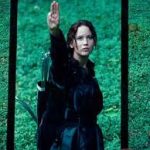 In Suzanne Collins’s runaway best seller The Hunger Games, we find her heroine, Katniss, high up in a tree, positioned safely from the other “tributes” below who want to kill her. Earlier, she finds a way to saw through most of a branch on which a large nest of deadly tracker jackers sits. Her aim? To dump them on her enemies below. Although the novel is told in first person, she shifts her “inner” camera POV to a Medium Shot as she (and the reader) watches what happens.
In Suzanne Collins’s runaway best seller The Hunger Games, we find her heroine, Katniss, high up in a tree, positioned safely from the other “tributes” below who want to kill her. Earlier, she finds a way to saw through most of a branch on which a large nest of deadly tracker jackers sits. Her aim? To dump them on her enemies below. Although the novel is told in first person, she shifts her “inner” camera POV to a Medium Shot as she (and the reader) watches what happens.
. . . And just as the knife cuts through, I shove the end of the branch as far away from me as I can. It crashes down through the lower branches, snagging temporarily on a few but then twisting free until it smashes with a thud on the ground. The nest bursts open like an egg, and a furious swarm of tracker jackers takes to the air . . .
It’s mayhem. The Careers have woken to a full-scale tracker jacker attack. Peeta and a few others have the sense to drop everything and bolt. I can hear cries of “To the lake! To the lake!” and know they hope to evade the wasps by taking to the water. It must be close if they think they can outdistance the furious insects. Glimmer and another girl, the one from district 4, are not so lucky. They receive multiple stings before they’re even out of my view. Glimmer appears to go completely mad, shrieking and trying to bat the wasps off with her bow, which is pointless. She calls to the others for help but, of course, no one returns. . . . I watch Glimmer fall, twitch hysterically around on the ground for a few minutes, and then go still.
The nest is nothing but an empty shell. The wasps have vanished in pursuit of the others.
Note What You Can and Can’t See
Notice what details Katniss can and can’t see with this Medium Shot. She’s close enough to watch the teens get stung, and hear what they say, as well as their cries of pain. She can see Glimmer try to use her bow to swat at the jackers. Katniss is close to danger, and not out of danger at all, yet she’s far enough away to “document” what goes on below her, and no, she doesn’t get away unscathed, for she gets stung as the nest begins to fall.
What follows shifts to more of a series of Close Shots and internal thinking as she makes her way out of her perch, finally safely able to get away and starts to feel the effects of the poisonous venom in her system. The brief but necessary Medium Shot accomplished what Collins aimed to do—present the real action from a viewpoint that would give the strongest effect and stay true to her POV character’s point of view. Full Shots are the perfect choice when you want to be close enough to the action to see detail but need to include a number of people or some outlying bit of setting that can’t be seen in a Close-Up.
Choose Believable Circumstances
And that’s something to consider. Circumstances may often dictate which camera shot is used. Katniss, from her high vantage point, could not see close-up details. Sure, it might have been more intense if the reader could have gotten up close to the Careers (those who spend their lives preparing to participate in the Hunger Games) and nearly tasted and smelled their fear, but it wouldn’t be feasible or believable. Katniss is high up in a tree, and the scene is observed through her eyes. Unless she had binoculars, she would not be able to see such detail. If it’s crucial your character has to notice something that requires an Extreme Close-Up, such as a medical examiner finding a sliver of glass under a homicide victim’s fingernail, make sure you provide a scene in which it’s believable for her to do so.
This week, look through the novel you’re working on, or if you are still in the planning stage, think of segments of scenes in which you need a Full Shot. Think of the kinds of details you can and cannot show, and determine if this shot will work best for any of your high moments. Remember, you want to work from your high moment outward. Whatever it is you need to reveal or highlight should be shown with the appropriate camera shot.

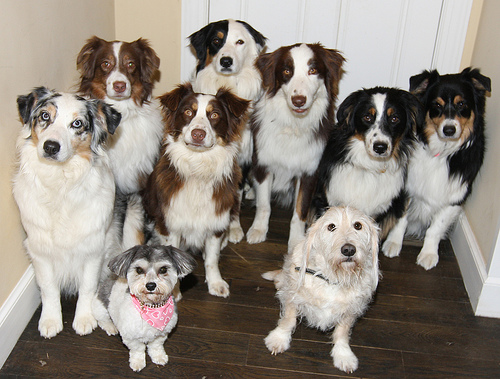
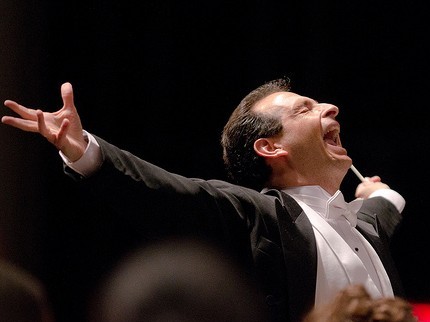
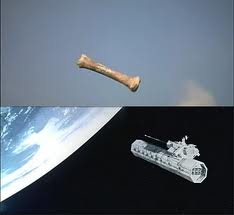
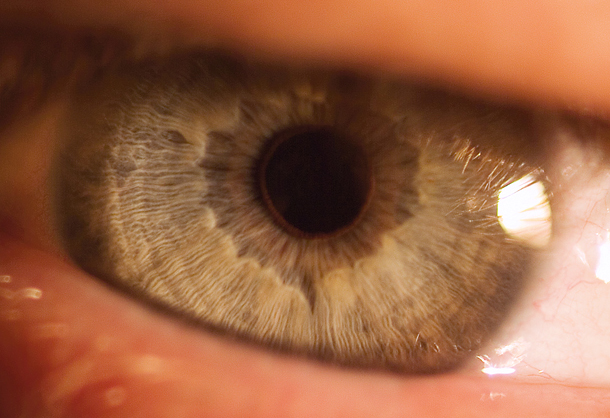
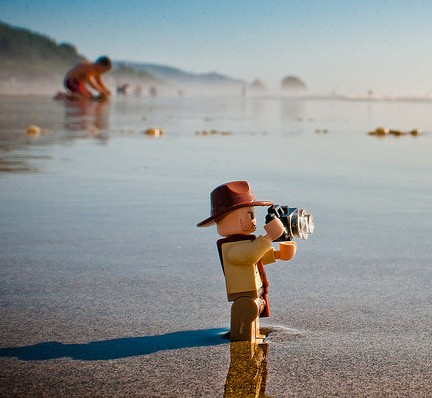
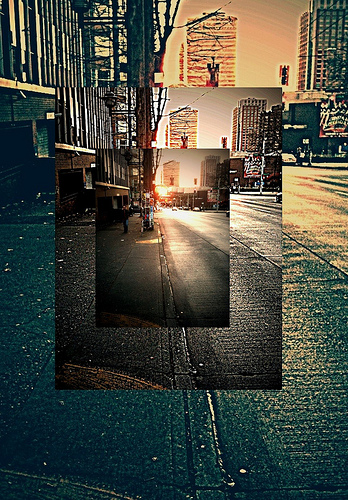
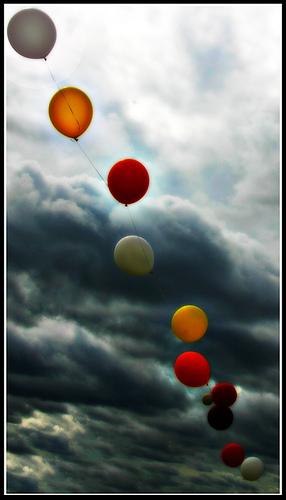




What a great way to add variety to a POV. This will be really useful to me as I draft my novel. Thanks for another helpful post!